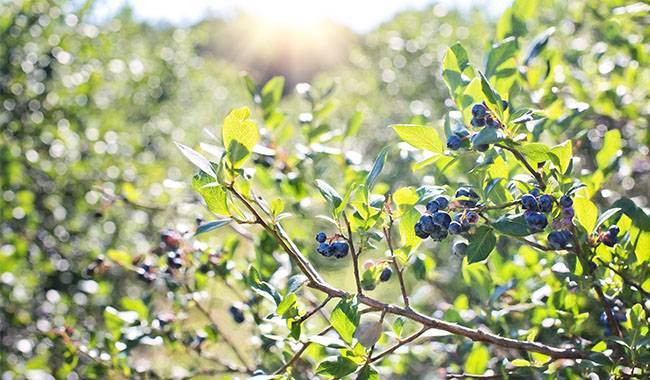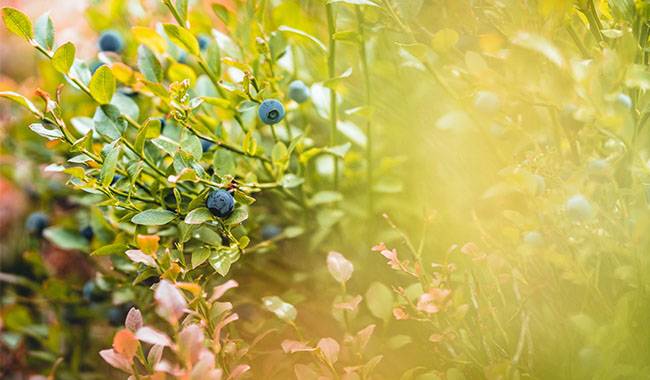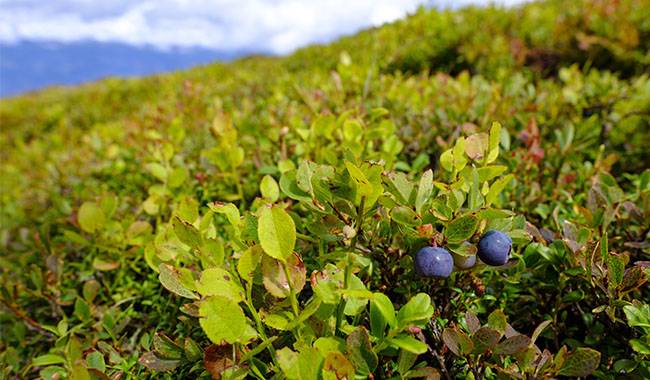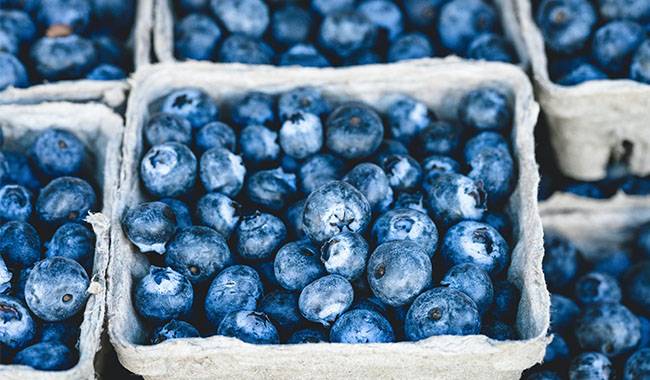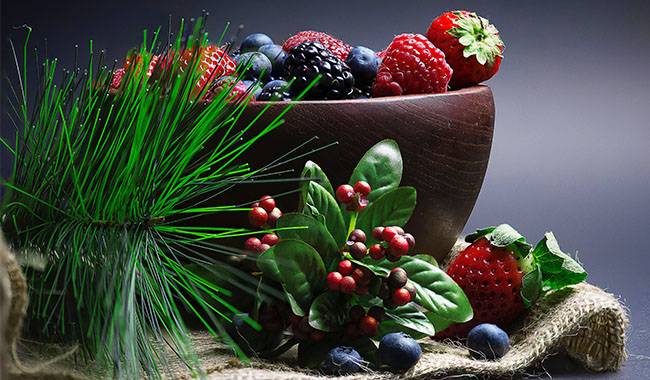
Blueberries require acidic soil with a pH between 4.5 and 5.2, and they grow well in USDA plant hardiness zones 5 to 8. Because blueberries are useful landscape plants, you can choose blueberry companion plants from ornamentals as well as fruits and vegetables. Whichever plants you prefer, the plants you choose should have similar needs to blueberries.
Annuals and bulb-like plants, many annuals, and bulbs or bulbous plants tolerate acidic soils and grow within the USDA of blueberries.
Annuals include patchouli, with dusty blue-white flowers; begonia, with a variety of leaf shapes and flower colors;
and early-flowering primroses, which come in a variety of flower colors. Spring-grown bulbous plants include the classic bellflower, with its white pendulous flowers, and iris, with its tall spear-like flowers and iridescent blooms.
Fall planted bulbs include typical spring harbingers such as daffodils, hyacinths, and tulips.
Garden fruits and vegetables, blueberries were originally considered garden plants because they bear fruit.
They can be left in the garden with other food-containing plants such as raspberries (Suspenderia spp.), rhubarb, or cranberries (also lingonberries), which have the same tolerance for acidic soils and climates.
Annual vegetables that can accompany blueberries include radishes, potatoes, peppers, or chicory, while herb cilantro is a decorative and useful companion.
The same is true of blueberries. Shrubs, many of which like acid, grow in the wild with blueberries or other overwintering species and belong to the same family as blueberries – Erica.
Rhododendrons and azaleas, heather, mountain laurel, are examples of plants that like acid shrubs.
This family tolerates the same conditions and is often found or planted together. Other plants that do not belong to the rhododendron family can be accompanied by blueberries, are camellias that come with various colors of early spring flowers;
In summer, fragrant flowers with white or pink; with creamy bottlebrush flowers. Perennials and ferns that tolerate acidic soils often grow naturally in blueberries or other members of the genus.
Perennials to consider include heart bleeding hearts, and low clumps with brightly colored flowers (dogwoods).
Ferns are great with blueberries but require more water and shade. Some compatible species include Hartford fern, hay fern, and upland fern. The sweet fruits of blueberry bushes only appear when the roots are submerged in acidic soil.
Whether providing shade for blueberry roots in tall growers or filling blank spaces in front for smaller growers, flowering plants can be perfect companions whether they thrive or tolerate acidic soils.
Hardiness zones for USDA blueberry shrubs vary by zones 3 to 10.




